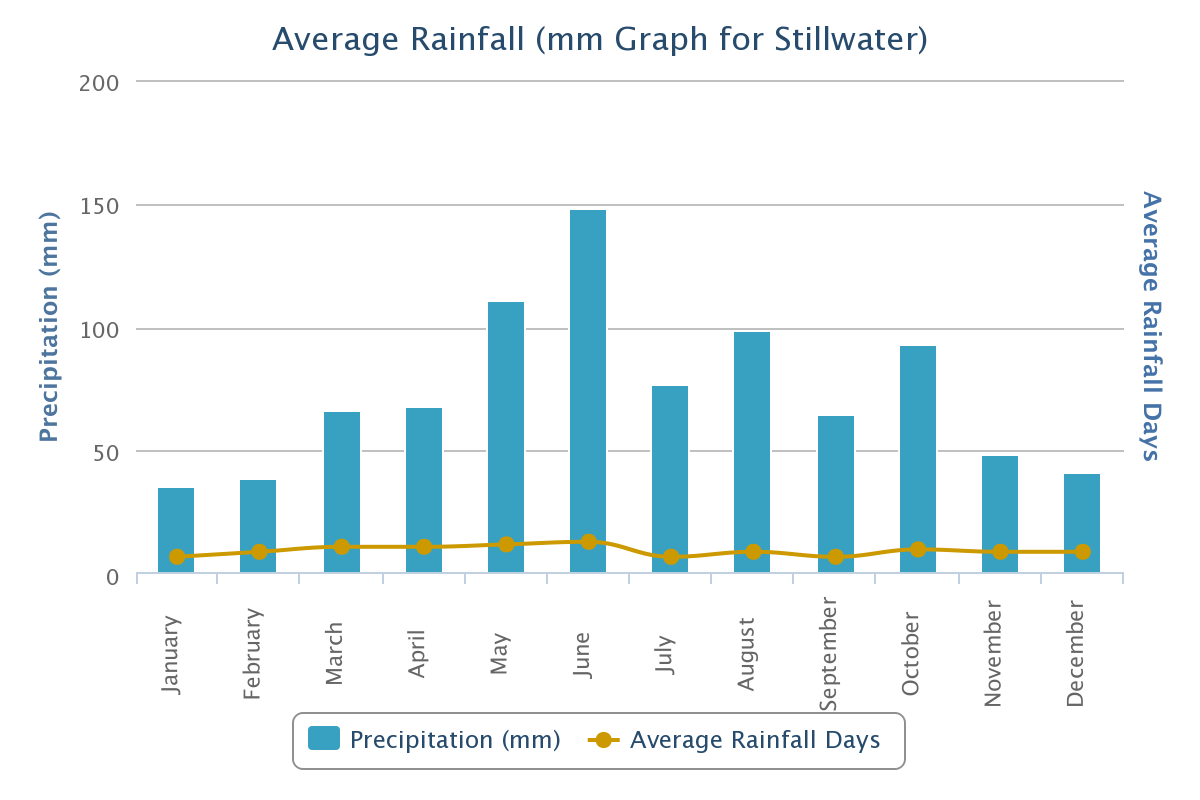G1
1. purple=tundra
2. neon green=boreal forest
3. dark green on the bottom of the map=temperate rainforest
4. dark dark green covering the US East Coast= temperate seasonal forest
5. brown=woodland/shrubland
6. yellow=temperate grassland/cold desert
7. red=tropical rainforest.
8. orange=tropical seasonal forest/savanna
9. white=subtropical desert















.png)
